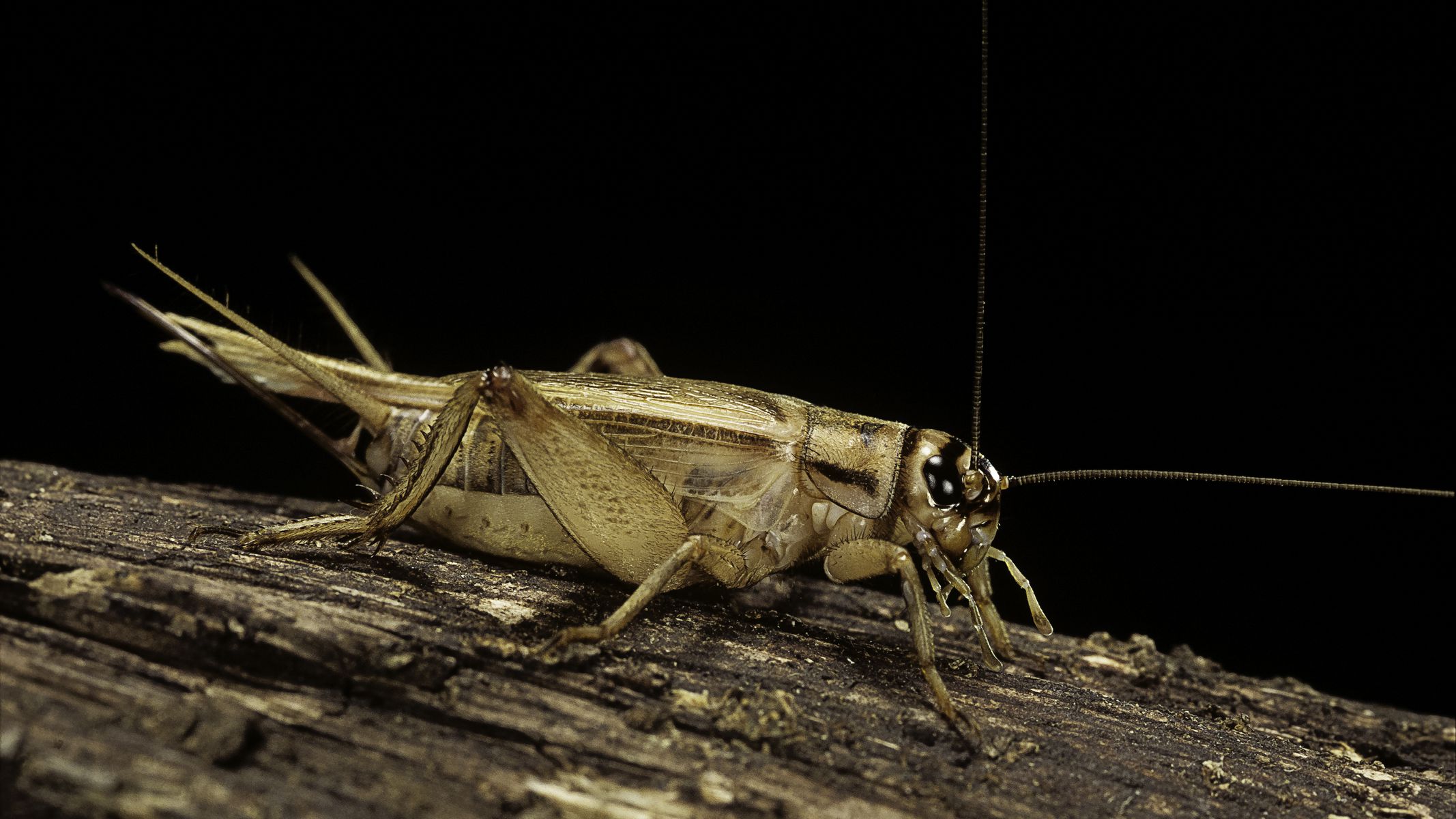Earn a FREE Month on Your Annual Pest Control Plan!
Purchase your Annual plan in advance and get your 12th month for FREE!
CALL TO CLAIM Or dial 480-289-9654|
|
Our cricket control services are designed to effectively reduce cricket populations, prevent future infestations, and protect your property. We take a multi-step approach, focusing on both interior and exterior treatments to ensure long-term relief.

Crickets, though often harmless, can become a nuisance when they invade in large numbers. They are known for their distinctive chirping sounds, which can be disruptive, especially at night. Additionally, crickets can cause damage to fabrics, plants, and stored items.
Check for Chirping Sounds
Inspect Indoor Areas
Outdoor Inspection
Moisture-Prone Areas: Look for water buildup, such as near downspouts
Residual Insecticides:
Apply residual insecticides around baseboards, in closets, under furniture, and near entry points. These insecticides continue to kill crickets after application.
Common active ingredients include bifenthrin, cypermethrin, or deltamethrin. Choose a product labeled for crickets.
Use the spray in areas where crickets are likely to enter or hide.
Use Sticky Traps:
Monitor for Recurrence:
If crickets reappear, consider reapplying insecticides or reevaluating entry points.
After treatment, continue to monitor cricket activity by setting sticky traps and inspecting the treated areas.
Perimeter Spray:
Granular Insecticide:
Spot Treatment:
Apply insecticidal dusts in cracks, crevices, and voids to kill crickets on contact.
Use insecticidal dust or sprays in high-activity areas like cracks in the foundation, under patios, or behind outdoor structures.
We’re passionate about helping people just like you get rid of unwanted pest problems. As such, we are proud to be the only pest control company in Mesa, AZ promising excellence in value, service, and trust.
Purchase your Annual plan in advance and get your 12th month for FREE!
CALL TO CLAIM Or dial 480-289-9654
5.0 Star Rating ★★★★★
301+ Reviews

5.0 Star Rating ★★★★★
3+ Reviews
Copyright © Patriotic Pest Solutions LLC 2025. All Rights Reserved. Made with ❤ by GorillaDesk.
Made with ❤ by GorillaDesk